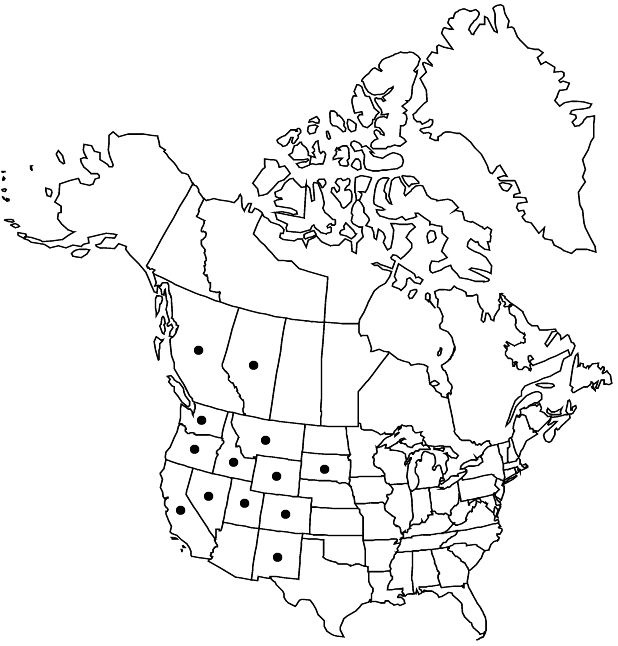Vaccinium scoparium
Contr. U.S. Natl. Herb. 5: 103. 1897 ,.
Plants forming extensive colonies, 0.7–2 dm, rhizomatous; twigs green, angled, glabrous; ultimate branches compact, often forming broomlike clumps or tufts. Leaf-blades pale green abaxially, elliptic, lanceolate, or ovatelanceolate, 7–11 × 4–6 mm, margins finely serrulate, surfaces glabrous. Flowers: calyx pale green, lobes vestigial, glabrous; corolla pink, globose to urceolate, 3–4 × 3–4 mm, thin, glaucous; filaments glabrous. Berries red, ± translucent, or bluish purple, 4–6 mm diam. Seeds ca. 1 mm.
Phenology: Flowering early-mid summer.
Habitat: Alpine and subalpine meadows, heaths, talus slopes
Elevation: 700-3000 m
Distribution

Alta., B.C., Calif., Colo., Idaho, Mont., Nev., N.Mex., Oreg., S.Dak., Utah, Wash., Wyo.
Discussion
The soft, tart, bright red berries of Vaccinium scoparium, to 6 mm diameter, have fair to good flavor and were gathered and eaten raw by the Kootenay, Okanogan, Shuswap, and other Indian tribes. Harvesting was probably done using wooden or fish-bone combs. Small fruit size, low yields, and difficult harvesting make commercial prospects for V. scoparium questionable.
Selected References
None.
Lower Taxa
No values specified."entire" is not a number.